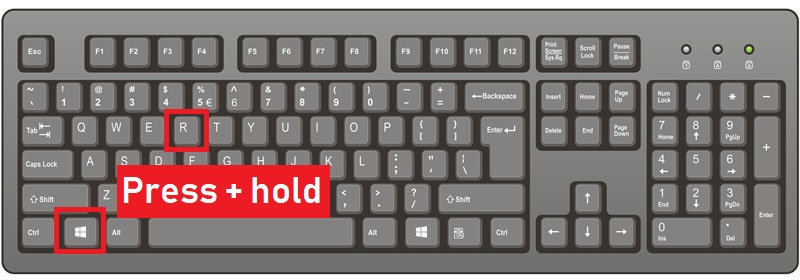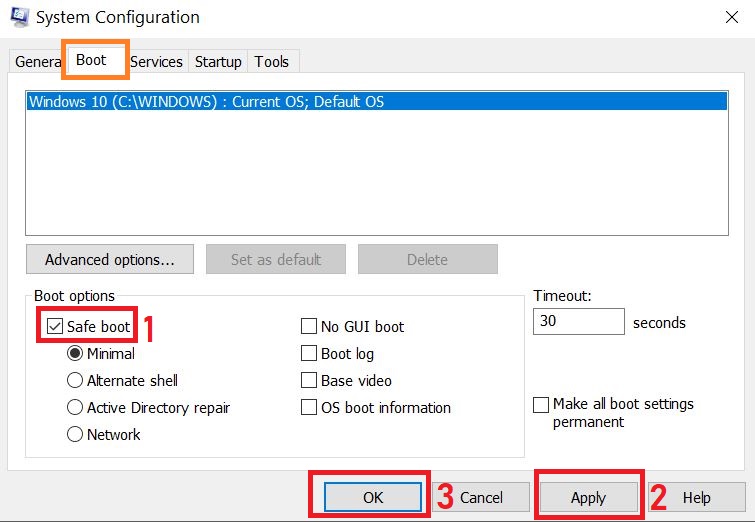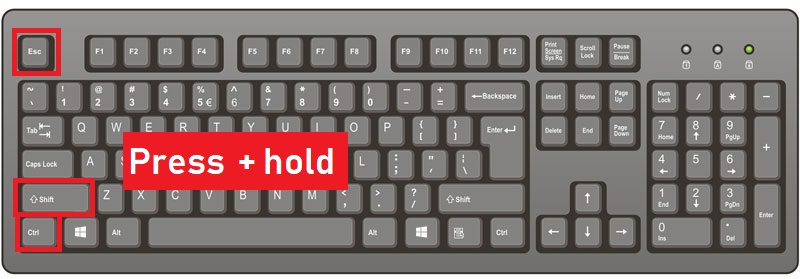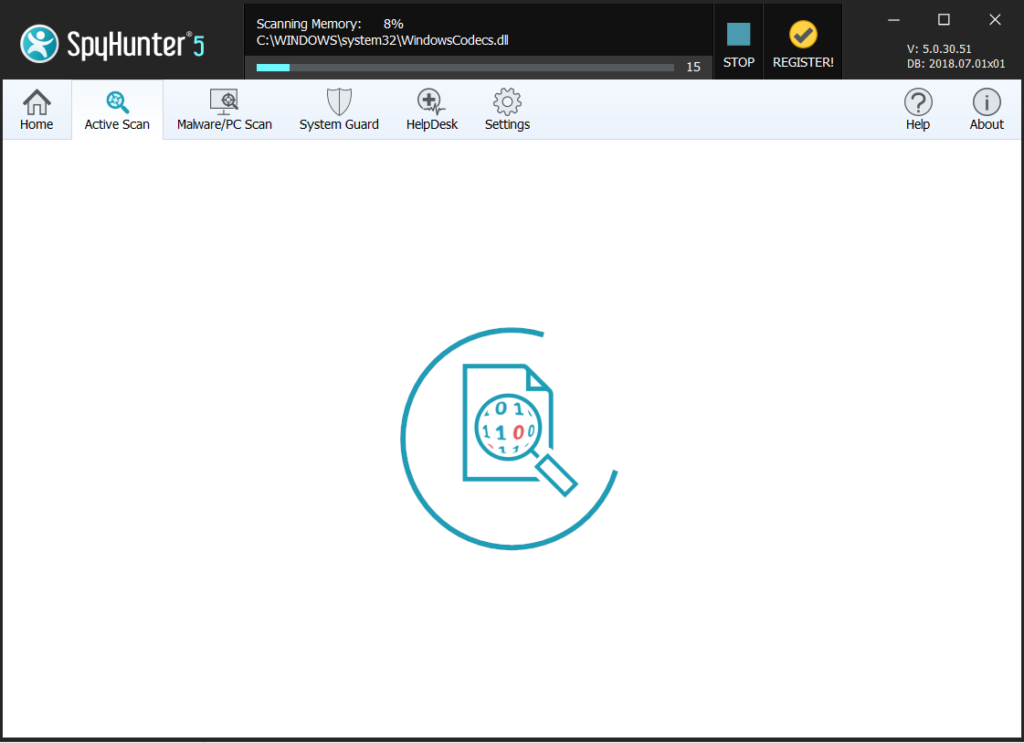Read this post in order to learn how to remove the Zupdater.exe “virus” from your computer which causes web browser redirects and other unwanted activities on it.
A new browser hijacking software has appeared in the wild, associated with the Zupdater.exe domain. The suspicious software aims to change the settings on your computer and in addition to this, it may also display browser redirects, pop-up advertisements, slow down your computer and even lead you to scamming web pages. If you are looking for a method to remove the Zupdater.exe browser hijacker from your computer, we advise you to read this article.
| Threat Name | Zupdater.exe "Virus" |
| Category | Malicious Process |
| Main Activity | May steal information and files. |
| Signs of Presence | Slow PC, changed browser settings, freezing and crashing. |
| Spread | Via bundling installers with it’s files or other adware. |
| Detection+Removal | DOWNLOAD REMOVAL TOOL FOR Zupdater.exe "Virus" |
Zupdater.exe "Virus" Description
As a browser hijacker, Zupdater.exe enters your system uninvited. Once installed, it alters your browser home page and settings without permission.
Although the search engine claims to be legitimate, malware experts classify it as rogue because it may sometimes display irrelevant search results in order to generate traffic to sponsoring websites. That makes Zupdater.exe "Virus" unreliable.
Sometimes the search results Zupdater.exe "Virus" displays may be malicious too. Thus, by clicking any of them, you risk exposing your system to serious threats which the search engine is not responsible for.
In addition, Zupdater.exe "Virus" is capable of generating multiple pop-up ads that could disturb your normal browsing activities. You will not be able to close these ads, but clicking them may also put your system at risk, as you may be redirected to unwanted and potentially corrupted websites.
Browser hijackers such as Zupdater.exe "Virus" may also have spyware capabilities meaning your browsing habits may be monitored and collected along with your personal data and then shared with third parties.
Zupdater.exe "Virus" Distribution
Zupdater.exe "Virus" could sneak into your system via free programs you download from the Web. Experts say that Zupdater.exe "Virus" may also enter your system via junk emails and malicious websites you open.When you are downloading free programs from the Web, keep in mind that they are often bundled with various PUPs (potentially unwanted programs) and malicious programs. They will enter your system if you don’t uncheck the bundling option during the installation process. Make sure you also disable all settings and features you are not familiar with.
How Did Zupdater.exe "Virus" Enter Your Computer?
Zupdater.exe "Virus" infiltrates your system like most browser redirects do – via freeware. Freeware includes all programs, tools, add-ons out there that are available for a free download.Since the creators of the free programs need to get paid after all, they insert various software components that enter your system while you think you are downloading only the free program. Such unwanted components then are capable of generating revenue for third parties via the Pay-Per-Click method. To avoid letting unwanted programs enter you computer, be extra cautious during the installation process of the freeware. Uncheck all previously selected boxes such as “recommended settings”, for example. Choose only the “custom” option and that is how you’ll not end up with various unwanted pieces of software, some of which may be malicious too.
Is Zupdater.exe "Virus" Dangerous?
Zupdater.exe "Virus" redirect is not particularly malicious. However, it may act intrusive at times:- It is capable of changing your browser home page without permission and it’s compatible with most browsers – Google Chrome, Mozilla FireFox, Internet Explorer.
- It may start displaying multiple pop-up advertisements that you cannot close as they keep showing up.
In addition, Zupdater.exe "Virus" is of no value to your browsing needs as it does not even have its own database. If you try to search something via that browser hijacker, it will redirect you to Google. Why would you ever need it then?
What’s worse, however, is that Zupdater.exe "Virus" is not HTTPs encrypted while all trustworthy search engines are. A non-encrypted connection is vulnerable against attacks and malicious components can easily gain access to your system via such search engine.
As a result, hackers and advertisers can watch your online behaviour, collect your data, steal your sensitive information, hack your system, etc.
How to Remove Zupdater.exe "Virus" Redirect Scam from Your Computer
Removing a program that is of no use to you is a must. As explained above, it does not only not bring value to you, but it also makes your computer vulnerable to cyber threats and on top – it acts intrusive and may annoy you with unwanted redirects and constant pop-ups.
Removing Zupdater.exe "Virus" redirect manually from your system is possible to do, but if you are not certain how to do it, it’s best to use a reliable anti-malware tool for that purpose. Problem is, if you don’t manage to remove it completely, it may continue displaying unwanted pop-ups. Such programs are quite resistant and hard to remove by those who are not tech-savvy, while the anti-malware tool will scan your whole system, detect all malicious components and remove them instantly and completely.
Preparation before removal of Zupdater.exe "Virus":
1.Make sure to backup your files.
2.Make sure to have this instructions page always open so that you can follow the steps.
3.Be patient as the removal may take some time.
Step 1: Reboot your computer in Safe Mode:
Step 2: Cut out Zupdater.exe "Virus" in Task Manager

Step 3: Eliminate Zupdater.exe "Virus"‘s Malicious Registries.
For most Windows variants:
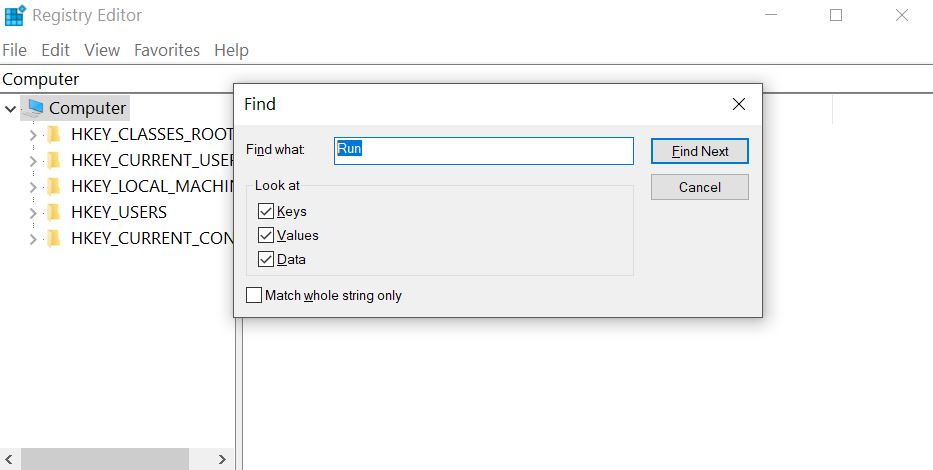
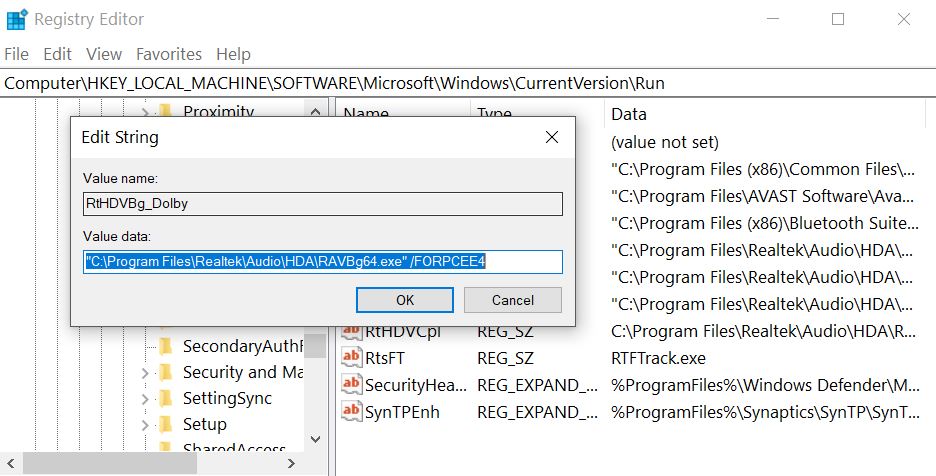
Step 4: Scan for all virus files, related to Zupdater.exe "Virus" and secure your system.
If you are in Safe Mode, boot back into normal mode and follow the steps below
It is advisable to run a free scan before committing to the full version. You should make sure that the malware is detected by SpyHunter first.

